Photograph taken by Nicholas and Co in ca. 1880, showing a temple at Mahabalipuram (Mamallapuram) in Tamil Nadu. Most of the temples and art at this site are ascribed to the reign of the Pallava king Narasimhavarman I (ruled 630-about 668 AD), from whose title of Great Wrestler or Mahamalla the place derives its name.
The Mahishasuramardini cave temple consists of a long columned verandah with three sanctums. It takes its name from the large sculpture panel on its walls celebrating the feat of the goddess Durga (a form of the Mother Goddess Shakti) who slew the buffalo-headed demon Mahishasura. With its naturalistic beauty and sense of movement, the bas-relief panel is a masterpiece of Indian art.
Image and text credit:
Copyright © The British Library Board
Thanks to Rare Book Society fb
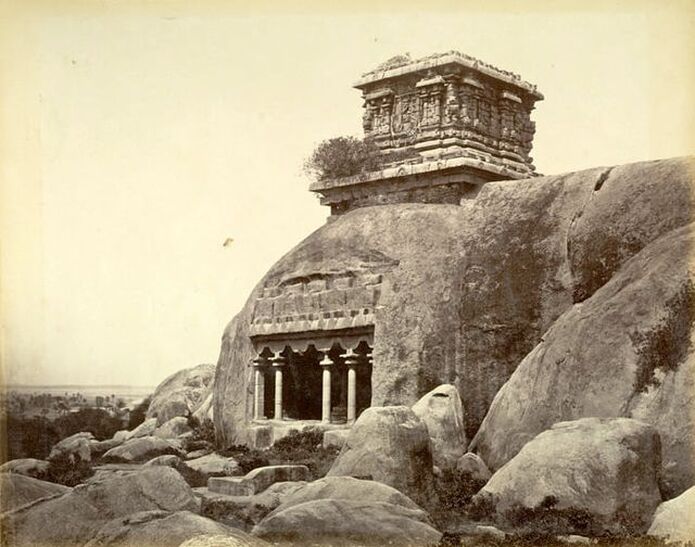
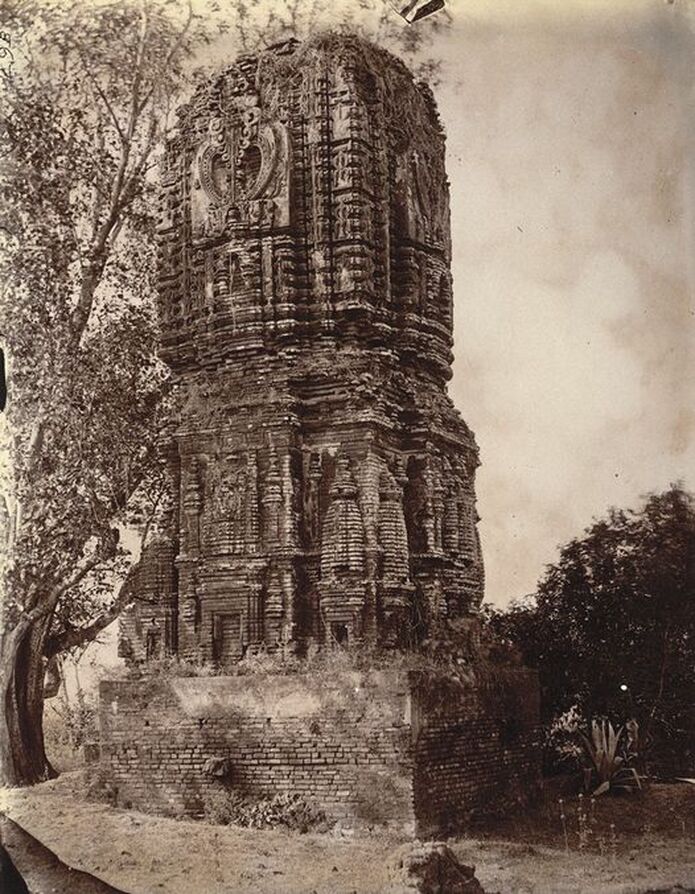
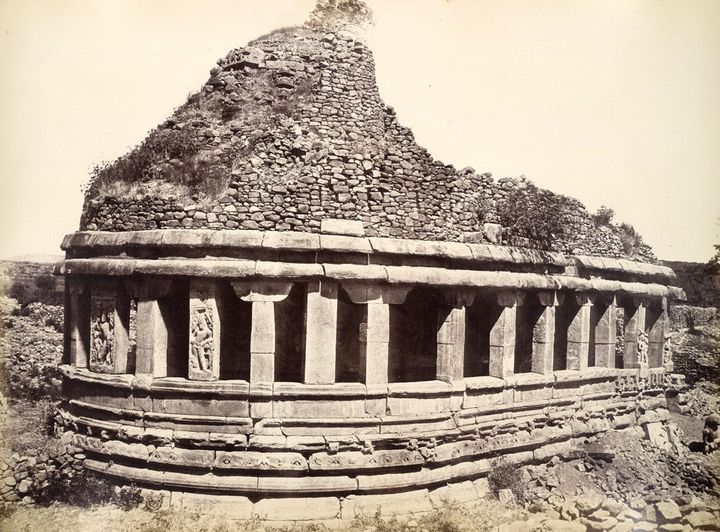
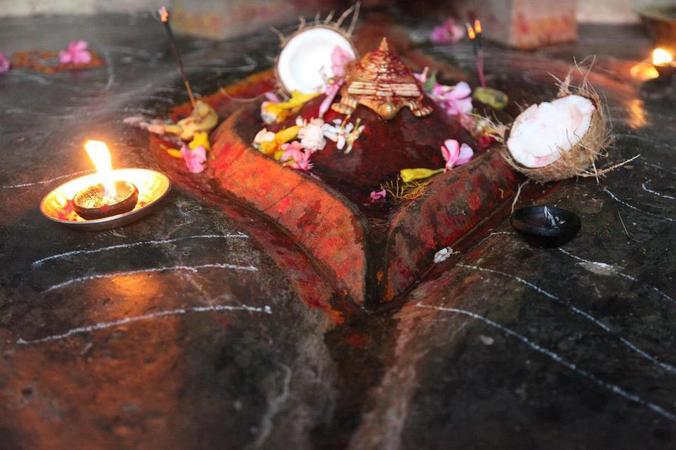
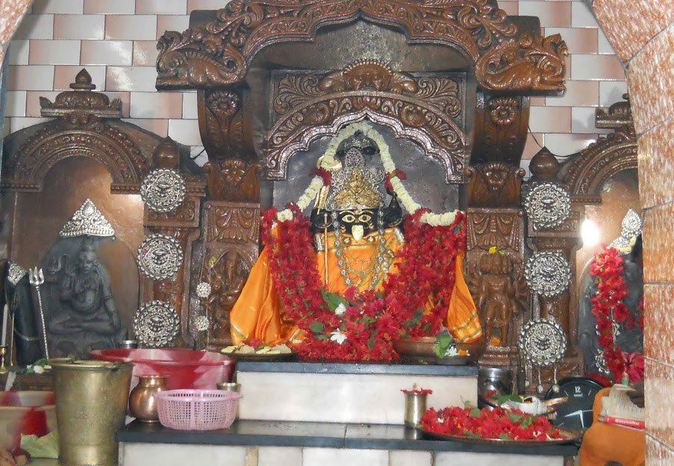
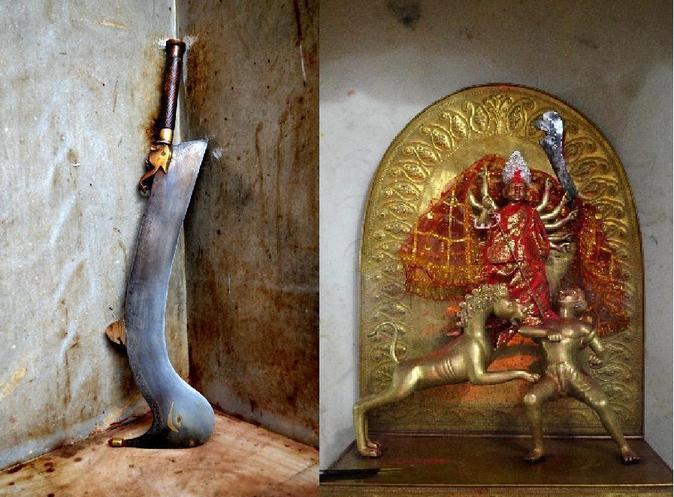
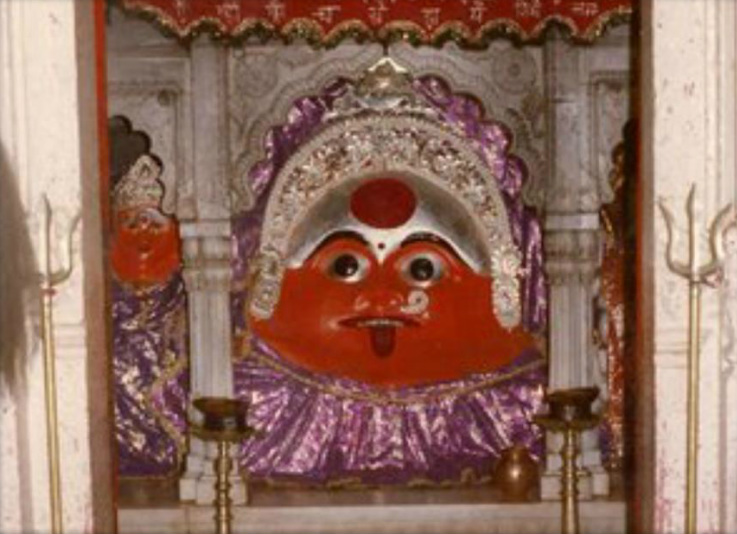
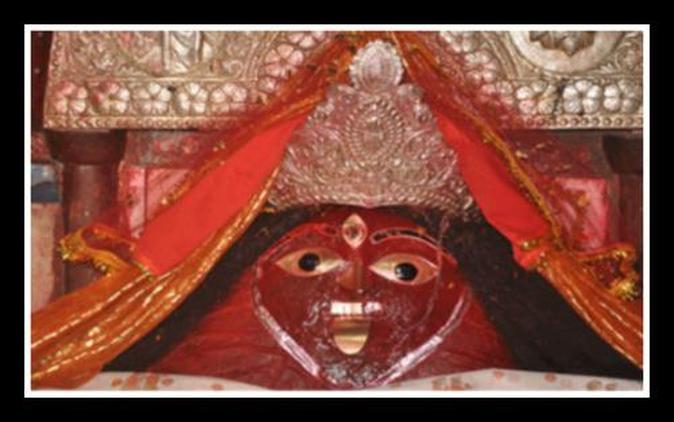
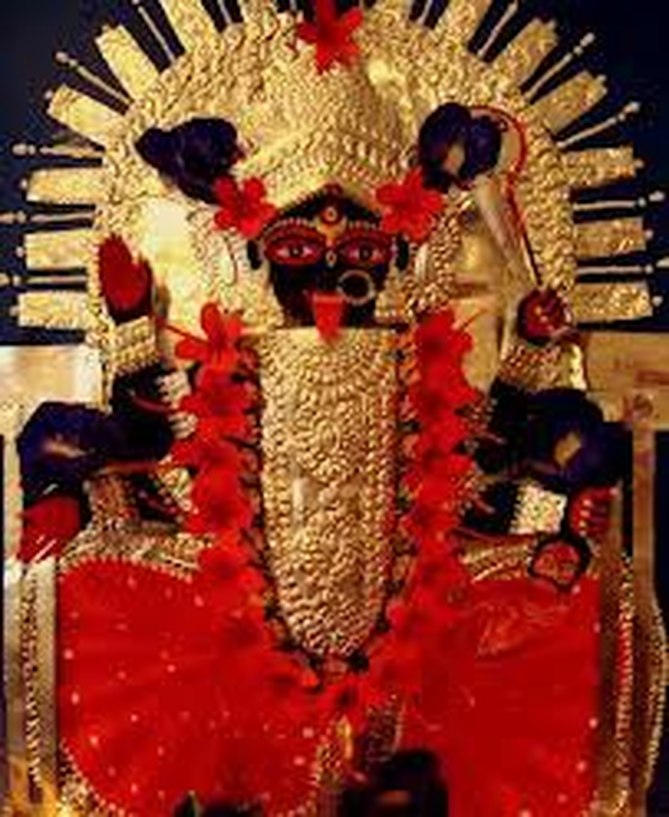
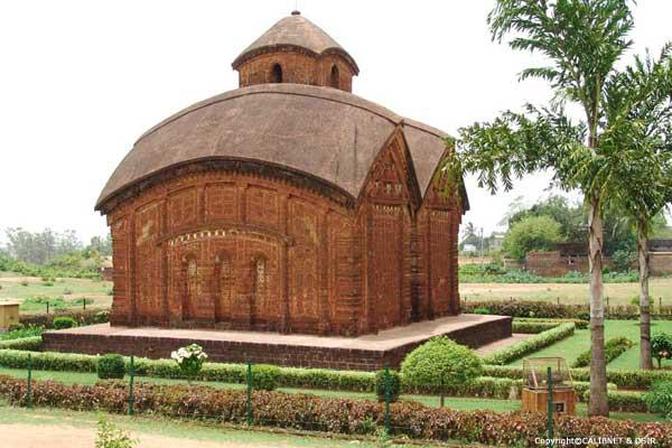
 RSS Feed
RSS Feed

